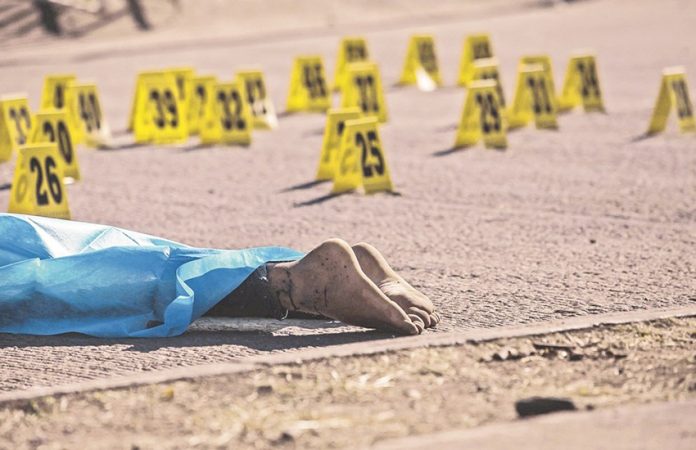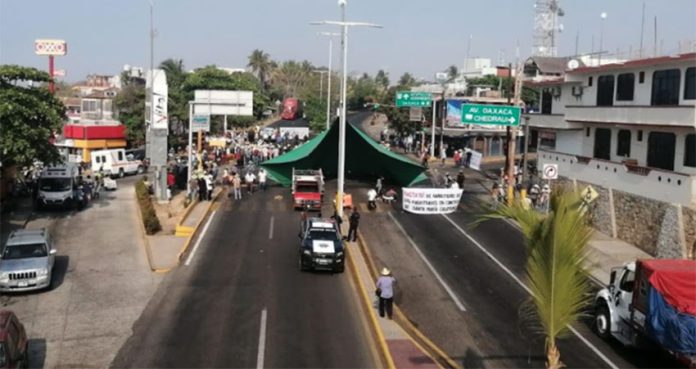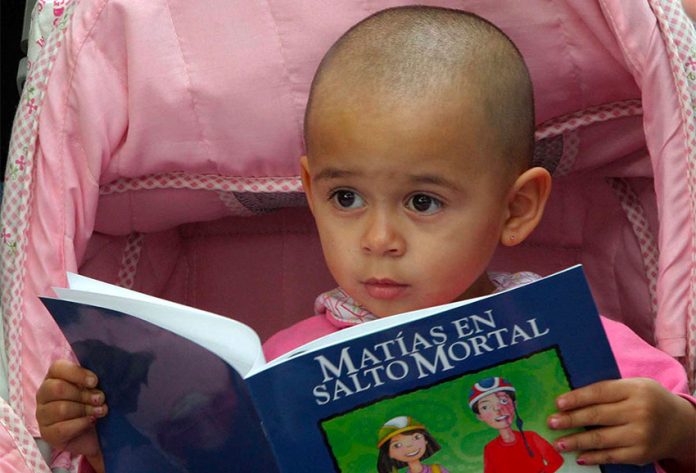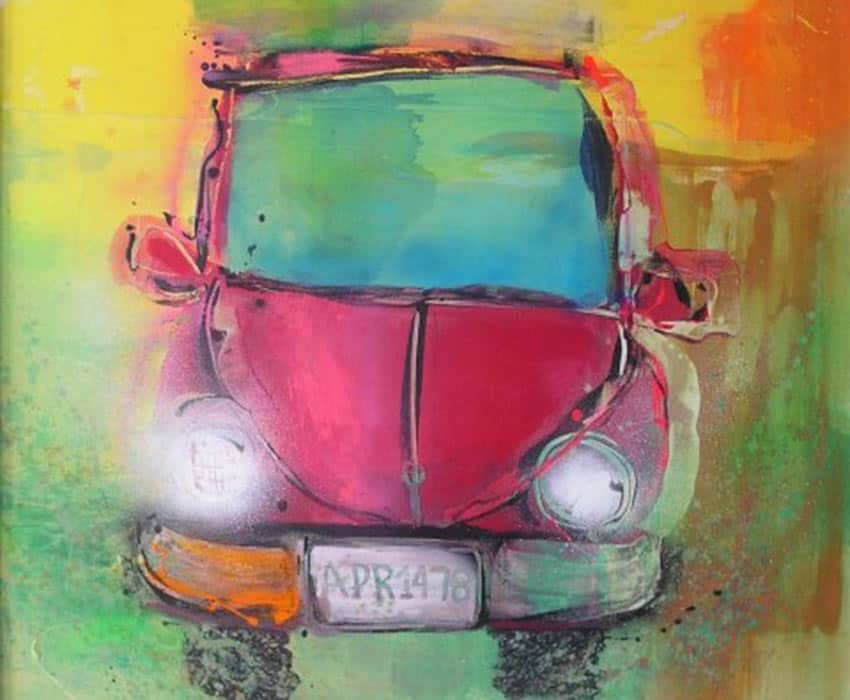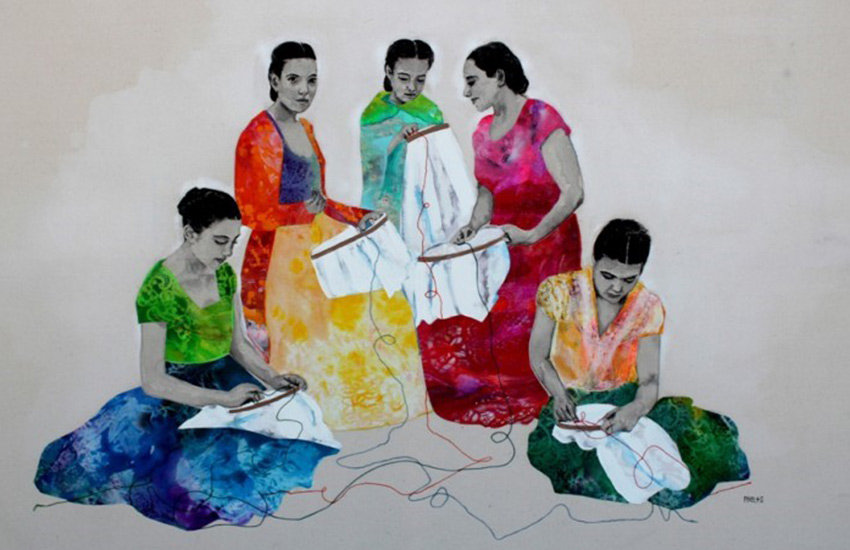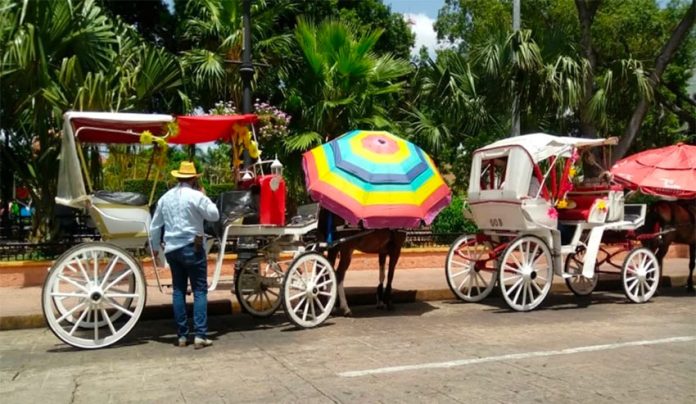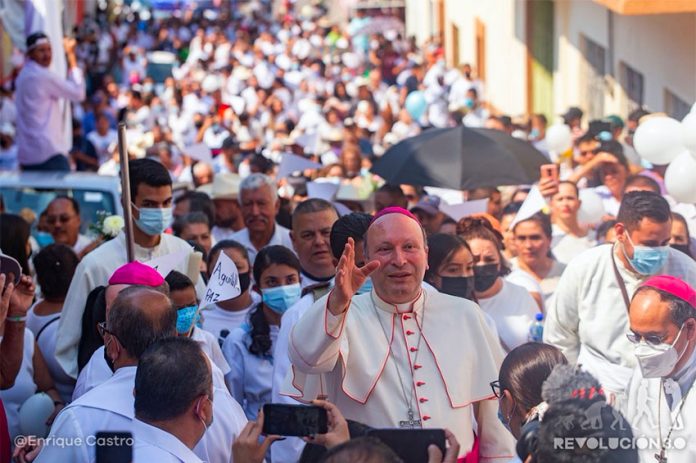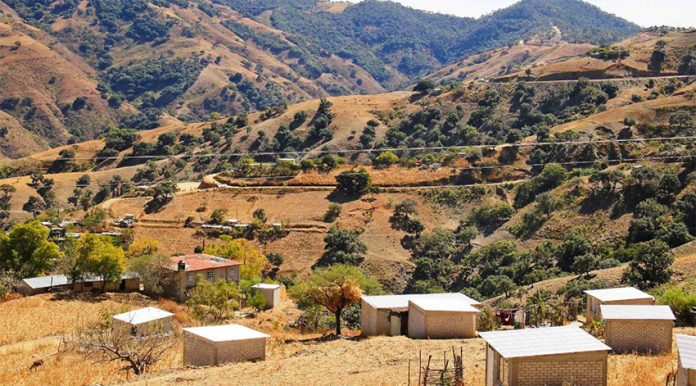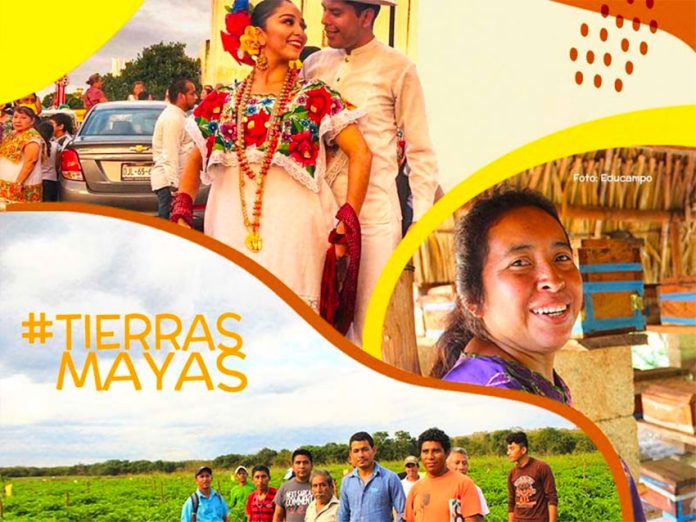Homicides rose 12% in March compared to February, but the overall number of murders in the first quarter of 2021 declined almost 5% in comparison to the same period in 2020, official data shows.
Nevertheless, the number of women murdered in March was the highest monthly total on record.
There were 2,944 homicides last month, 316 more than in February and 109 more than in January. The average number of daily homicide victims in March was 95, slightly higher than the 93.9 average for the 28 days of February.
All told, there were 8,407 homicides in the first three months of 2021, a 4.6% decline compared to the first quarter of 2020.
Just over half of the homicides — 50.7% or 4,262 — occurred in just six states. Guanajuato was the most violent state in the first quarter of the year with 926, followed by Baja California (806), Jalisco (668), México state (655), Michoacán (621) and Chihuahua (586).
Among the 2,944 homicide victims in March were 267 women. That figure — a 28.3% increase compared to February — represents the highest number of female murder victims ever recorded in a single month in Mexico, exceeding the previous record, set in April 2020, by one.
There were also 92 victims of femicide — women and girls killed on account of their gender, meaning that 359 females were murdered in March.
The combined total of 3,036 victims of homicide and femicide is the 11th highest monthly total in the 28 months since President López Obrador took office in December 2018. The number of monthly murders only exceeded 3,000 on three occasions during the 2012–2018 presidency of Enrique Peña Nieto.
In the first quarter of this year there were 715 murders of women and girls, a figure that accounts for 8.5% of all homicides.
Baja California recorded the highest number of murders of women with 99 between January and March, according to National Public Security System data published Sunday.
Chihuahua ranked second with 75 female victims of murder, followed by Guanajuato (69), México state (67), Michoacán (61) and Jalisco (52).
Per capita data for murders of women also shows that Baja California was the most violent state for women in the first quarter of the year. Chihuahua, Colima, Zacatecas and Michoacán followed.
In addition to the 715 murders of women and girls, there were 234 murders classified as femicides nationally in January, February and March, a 2% decline compared to the first quarter of 2020.
México state recorded the highest number of femicides in the first quarter of 2021 with 35, followed by Veracruz (21), Mexico City (18), Jalisco (13), Chiapas (12), Morelos (12) and Sonora (11).
However, on a per capita basis, the numbers look different: Morelos saw the highest number with 1.13 per 100,000 women, followed by Sonora (0.7), Sinaloa (0.56), Aguascalientes (0.54), San Luis Potosi (0.54), Baja California Sur (0.5) and Veracruz (0.48).
There were 5,809 reports of assaults against women in March, a 29.1% increase compared to February. The figure includes 2,020 cases of rape, the highest monthly total in six years.
Other crimes that increased in March compared to February included domestic violence (up 30.2%), extortion (+25.8%), burglaries (+14.8%), muggings (+12.8%), vehicle theft (+11.1%) and small-scale drug dealing (+7%).
Source: Animal Político (sp), El Universal (sp)
